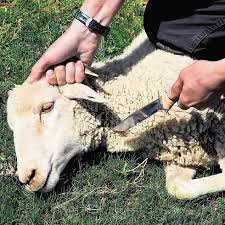In a world increasingly concerned with ethical food production, ancient religious slaughter methods offer profound insights into respectful animal treatment. Kosher and halal practices, developed thousands of years ago within Jewish and Islamic traditions respectively, established comprehensive frameworks for humane animal slaughter long before modern animal welfare movements emerged. These time-honored methods address not only religious purity but also provide surprisingly relevant lessons about respecting animal life, minimizing suffering, and maintaining ethical standards in food production. By examining these traditions in the context of contemporary ethical discussions about meat consumption, we gain valuable perspectives on balancing human needs with compassionate treatment of animals.
The Historical Origins of Kosher and Halal Slaughter
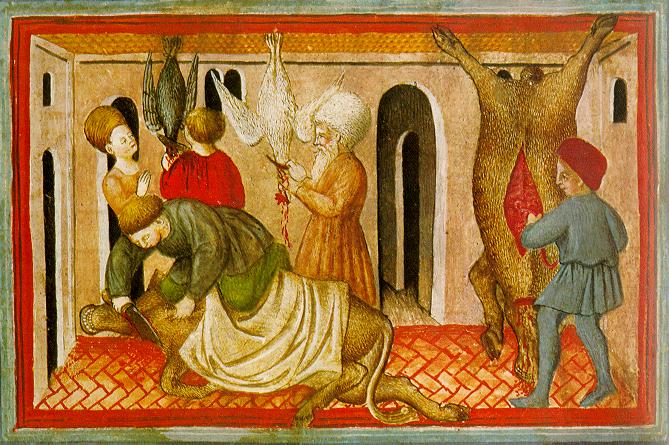
Kosher slaughter (shechita) originated in ancient Jewish tradition, with its principles codified in the Torah approximately 3,500 years ago. These detailed rules emerged as part of the broader dietary laws known as kashrut, which govern what foods Jewish people may consume. The specificity of these regulations demonstrates an early recognition that the manner of animal slaughter carries moral significance.
Similarly, halal slaughter (dhabiha) has its foundations in Islamic teachings from the 7th century CE, outlined in the Quran and Hadith. Both traditions developed during eras when humanity’s relationship with animals was primarily utilitarian, yet they instituted practices that acknowledged animals as sentient beings deserving of dignified treatment. These methods were revolutionary for their time, establishing ethical frameworks that limited unnecessary suffering while serving practical needs for food safety in pre-modern societies without refrigeration.
Core Principles of Kosher Slaughter
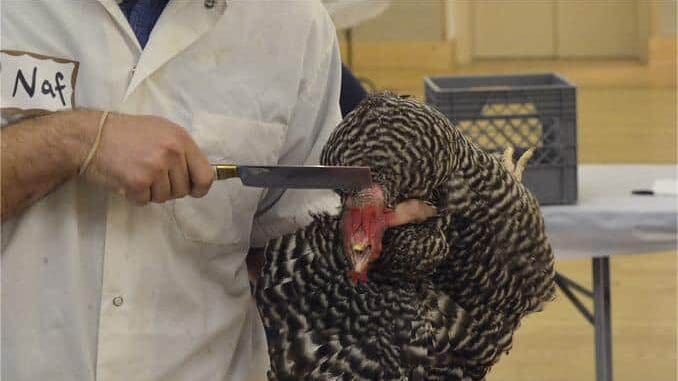
Kosher slaughter is governed by strict regulations that prioritize swift, painless death. The shochet (ritual slaughterer) must be specially trained and certified, demonstrating both technical skill and religious knowledge. The knife (chalaf) must be perfectly smooth without nicks, exceptionally sharp, and significantly longer than the width of the animal’s neck to ensure a single, continuous cut. This meticulous attention to the slaughter instrument itself represents an early understanding that improper equipment causes unnecessary suffering.
The cut must sever the trachea, esophagus, carotid arteries, and jugular veins in one swift, uninterrupted motion without pressure, tearing, or hesitation. Following slaughter, the animal’s lungs and other organs are carefully examined (bedikah) for abnormalities that would render it non-kosher. This comprehensive inspection system served as an early form of quality control and public health measure, ensuring that only healthy animals entered the food supply – a consideration that remains relevant in modern food safety discussions.
Fundamental Elements of Halal Slaughter
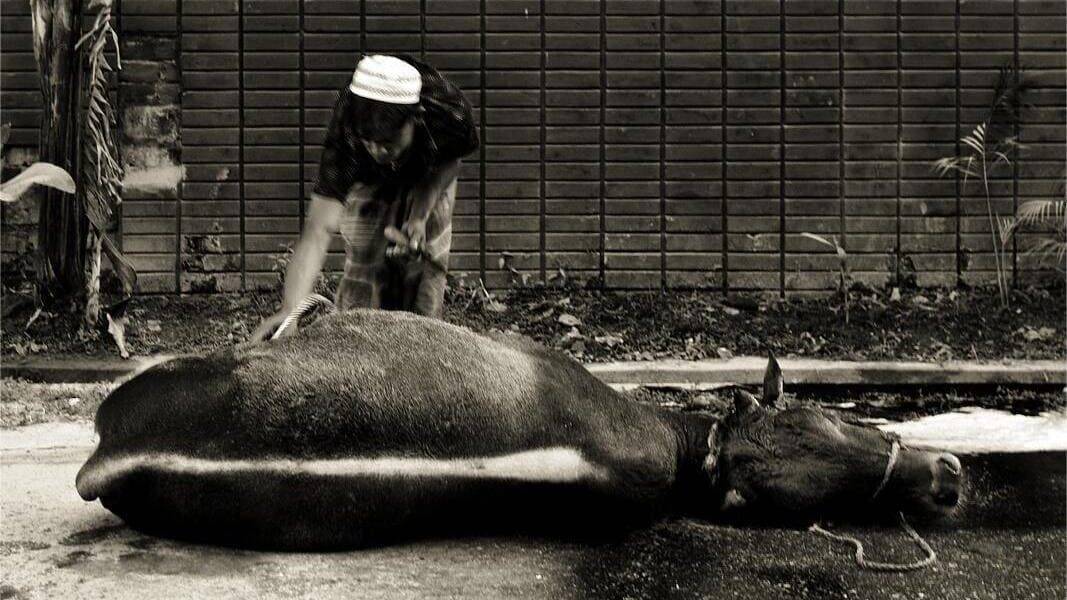
Halal slaughter shares many similarities with kosher practices while maintaining its distinct requirements. The animal must be healthy and permitted for consumption under Islamic law. The slaughterer must be a mentally sound Muslim, Christian, or Jew who invokes Allah’s name (bismillah) at the moment of slaughter, acknowledging that life is sacred and taken only with divine permission. This ritual acknowledgment serves as a powerful reminder that taking an animal’s life should never be treated casually.
The method requires using an extremely sharp knife to make a swift, deep incision across the throat, cutting the windpipe, food pipe, and major blood vessels to ensure rapid blood loss and unconsciousness. The animal must be fully conscious at the time of slaughter but must not witness the sharpening of the blade or see other animals being slaughtered, demonstrating consideration for the animal’s psychological state. This awareness of animal psychology predates modern scientific understanding of animal stress responses by centuries.
The Controversial Practice of Non-Stunning

Perhaps the most contested aspect of traditional kosher and halal slaughter is the absence of pre-slaughter stunning, which puts these religious practices at odds with conventional modern slaughter methods. Most commercial slaughterhouses today use stunning techniques (electrical, captive bolt, or gas) to render animals unconscious before killing them. Traditional religious authorities have generally maintained that their methods, when properly executed, cause rapid unconsciousness through immediate blood loss, making stunning unnecessary.
This position has faced scientific challenges, with some research suggesting that animals may remain conscious for several seconds after the cut. However, other studies indicate that a properly performed religious slaughter may cause minimal suffering comparable to stunning methods, which themselves are not always effective. This ongoing debate reflects the complexity of measuring animal consciousness and suffering, as well as the tension between religious freedom and evolving animal welfare standards. Some countries have negotiated compromises, such as post-cut stunning, which allows the initial cut to be made on a conscious animal followed by immediate stunning.
Shared Ethical Foundations Between Traditions
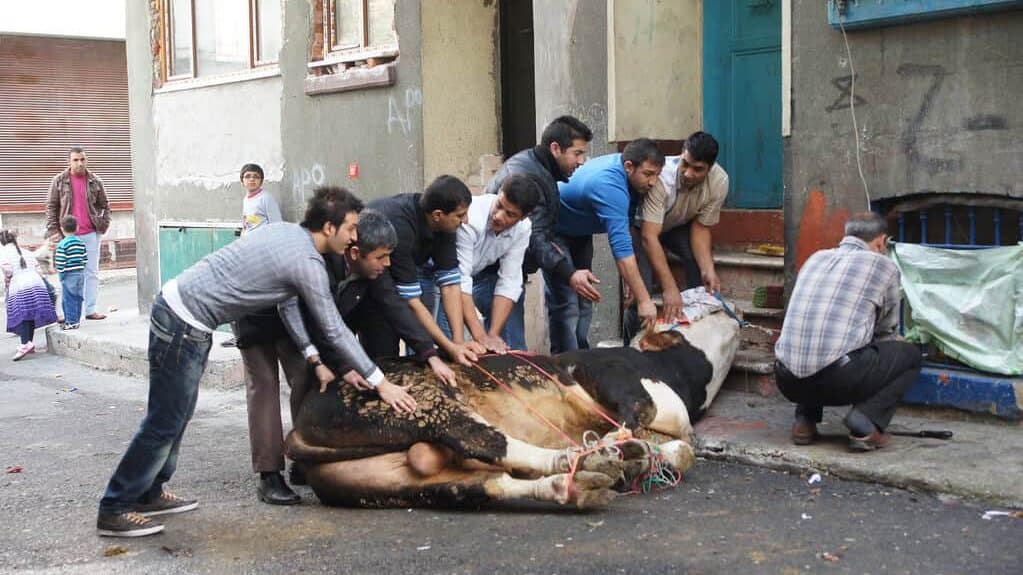
Despite their distinct theological origins, kosher and halal traditions share remarkable ethical parallels that transcend their religious contexts. Both systems fundamentally recognize animals as sentient beings deserving of respect rather than mere commodities. They establish that the taking of animal life must be purposeful (for necessary food) rather than casual or recreational. This philosophical foundation aligns with contemporary secular ethical frameworks that question industrialized animal production.
Both traditions also emphasize the slaughterer’s moral responsibility, requiring specific training, proper intention, and personal accountability. This stands in stark contrast to modern industrial slaughter, where mechanical processes and division of labor can obscure individual responsibility. Additionally, both kosher and halal systems prohibit causing unnecessary pain, requiring swift execution with proper tools. This shared ethical foundation suggests universal principles about animal treatment that resonate across cultural and religious boundaries.
Modern Scientific Perspectives on Religious Slaughter
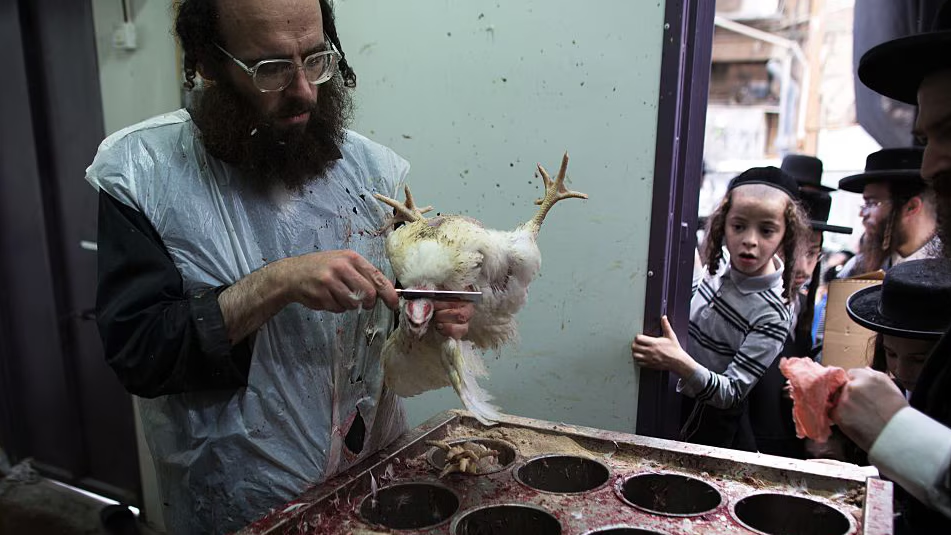
Scientific assessment of religious slaughter methods has produced mixed findings. Research using electroencephalogram (EEG) measurements indicates that properly performed religious slaughter causes rapid blood pressure drop leading to quick unconsciousness, potentially within seconds. However, other studies suggest consciousness may persist longer, especially if the cut is imperfect or if blood vessels retract or become occluded. The scientific community remains divided on whether traditional religious slaughter, when performed optimally, is comparable to modern stunning methods in terms of animal welfare.
Complicating matters further, conventional stunning methods also have documented failure rates. Improper stunning can cause additional suffering if animals regain consciousness during subsequent slaughter steps. This scientific uncertainty highlights how difficult it is to objectively measure and compare animal suffering across different methods. It also underscores that the ethical evaluation of slaughter methods involves not just scientific data but also value judgments about what constitutes acceptable treatment of animals, cultural traditions, and religious freedoms.
The Contrast with Industrial Slaughter Practices
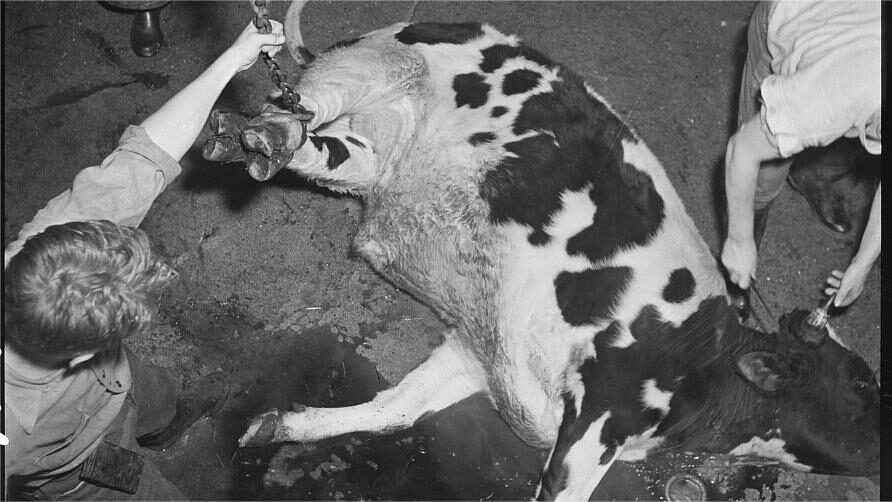
Industrial slaughter methods prioritize efficiency and throughput, processing thousands of animals daily on fast-moving production lines. While modern facilities employ stunning methods, the high-speed operations can compromise effectiveness, with documented cases of animals regaining consciousness during processing. The industrialized approach also creates psychological disconnection, with workers performing repetitive tasks rather than overseeing the entire slaughter process, potentially reducing personal responsibility for animal welfare outcomes.
By contrast, traditional religious slaughter emphasizes individual attention to each animal and personal accountability of the slaughterer. The religious practitioner must visually inspect the knife before each animal and ensure proper execution of the cut. This individualized approach becomes challenging at commercial scale, creating tensions between religious ideals and economic pressures. However, it offers important lessons about maintaining ethical consciousness even within necessary mass production, suggesting that scale and speed may sometimes compromise care and attention to animal welfare.
Environmental and Sustainability Aspects
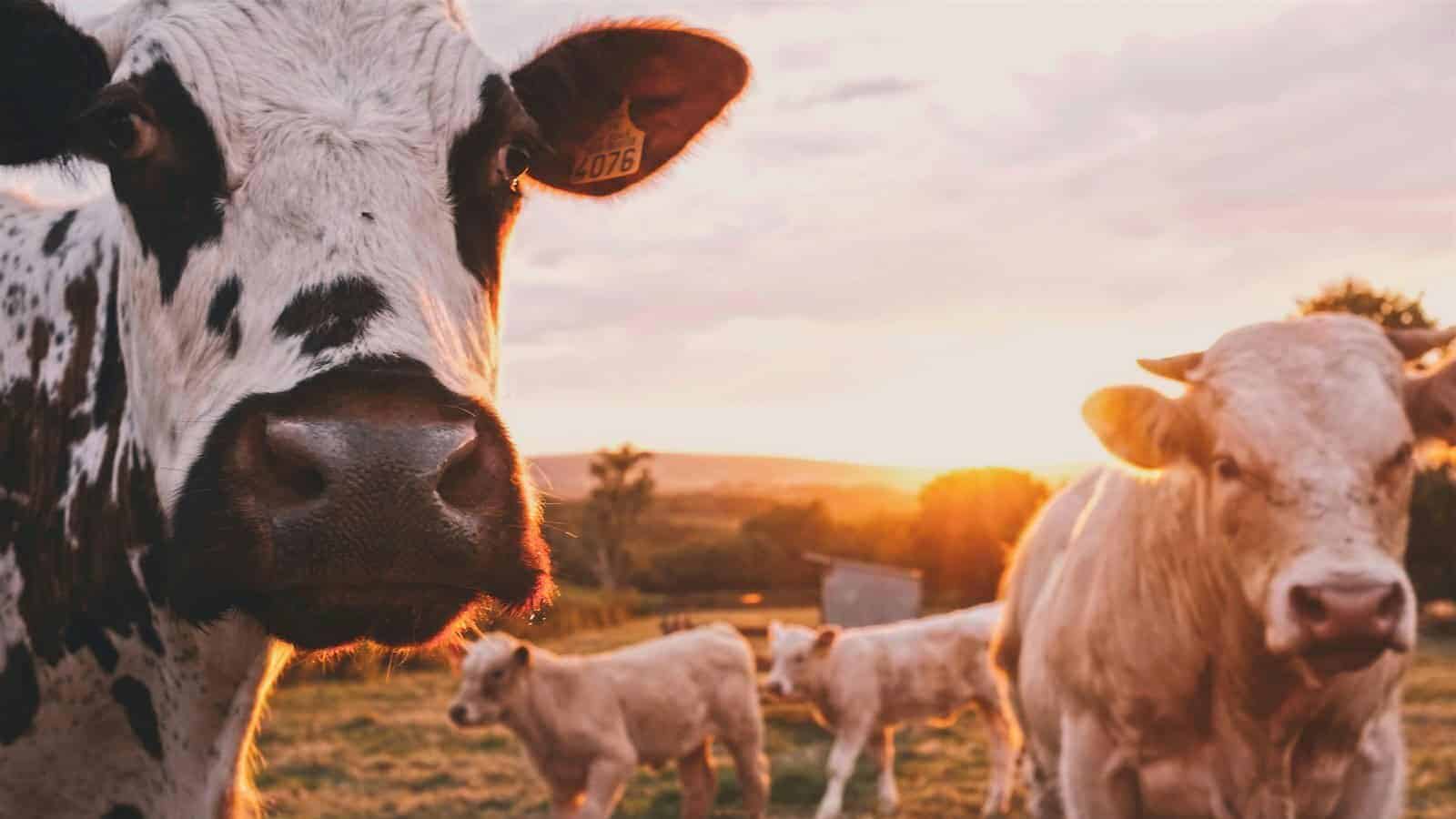
Beyond animal welfare considerations, kosher and halal traditions incorporate broader environmental ethics relevant to contemporary sustainability concerns. Both systems prohibit consumption of predatory animals and scavengers, effectively encouraging the consumption of herbivores that occupy lower trophic levels – a practice aligned with modern understanding of ecological efficiency. This preference for herbivores like cattle, sheep, and goats rather than carnivores represents an intuitive understanding of energy transfer efficiency through food chains.
Additionally, the thorough inspection requirements of kosher processing (particularly the examination of lungs and organs) historically prevented consumption of diseased animals, serving as an early form of ecological health monitoring. The traditional emphasis on using the entire animal – finding purposes for all parts rather than wasting portions – also aligns with modern zero-waste principles. These aspects of religious food traditions provide historical precedent for considering the broader environmental impacts of our food choices, not merely the immediate ethical concerns of slaughter.
Cultural Context and Evolving Interpretations
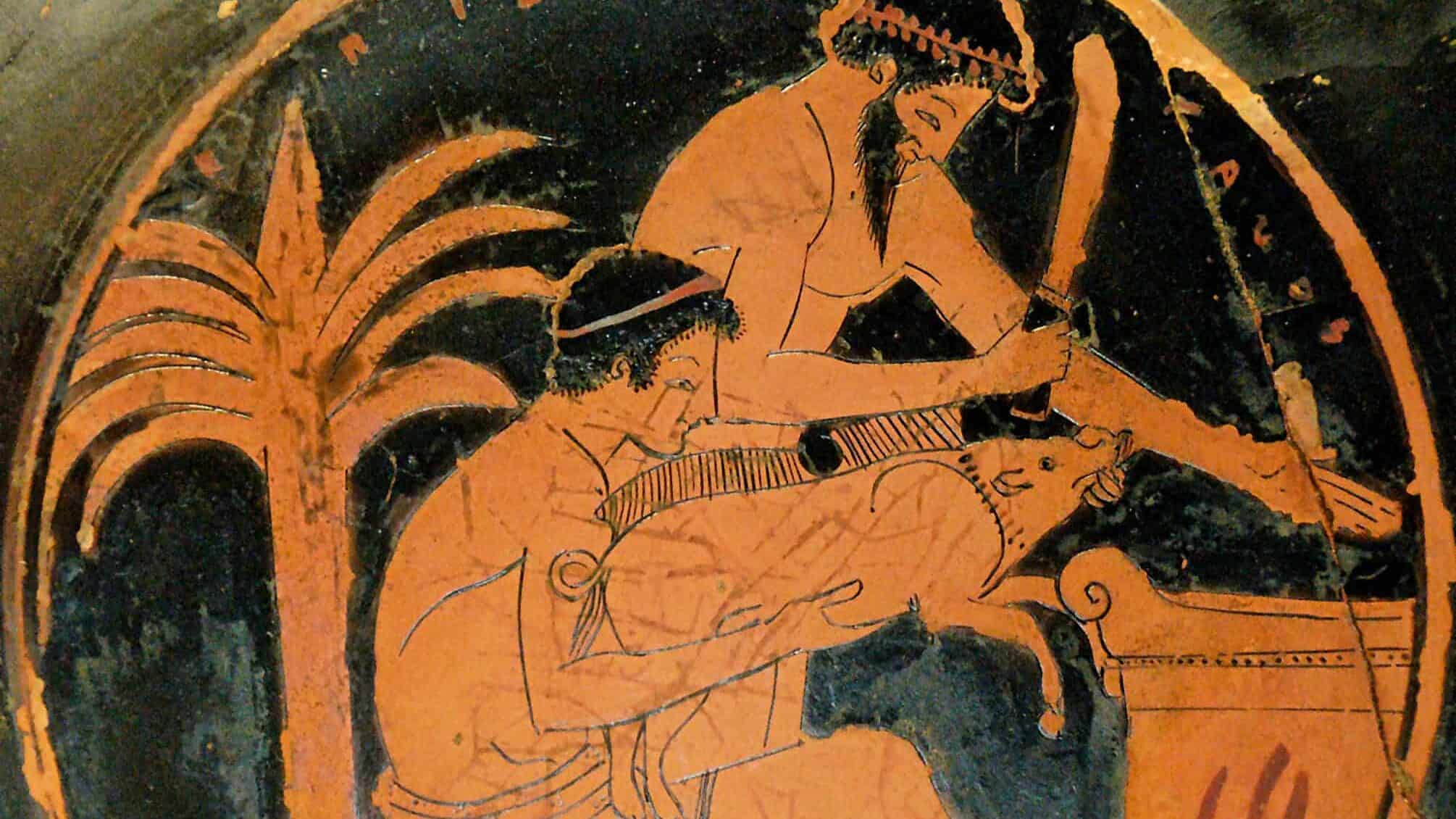
Religious slaughter practices exist within evolving cultural contexts. Throughout history, both Jewish and Muslim scholars have continuously interpreted and applied their traditions to changing circumstances. Today, some progressive religious authorities have explored whether certain modern stunning methods might be compatible with religious requirements, provided they don’t kill the animal before ritual slaughter. These discussions reflect the dynamic nature of religious interpretation rather than rigid adherence to ancient practices.
This interpretive flexibility mirrors broader societal evolution in our understanding of animal consciousness and welfare. Just as modern science has deepened our knowledge of animal sentience, religious communities continue to examine how their foundational ethical principles apply in contemporary contexts. This ongoing dialogue between tradition and modernity demonstrates that religious practices are not static but responsive to new knowledge and changing social values, while maintaining core ethical commitments about respectful treatment of animals.
Legal Frameworks and Religious Freedom
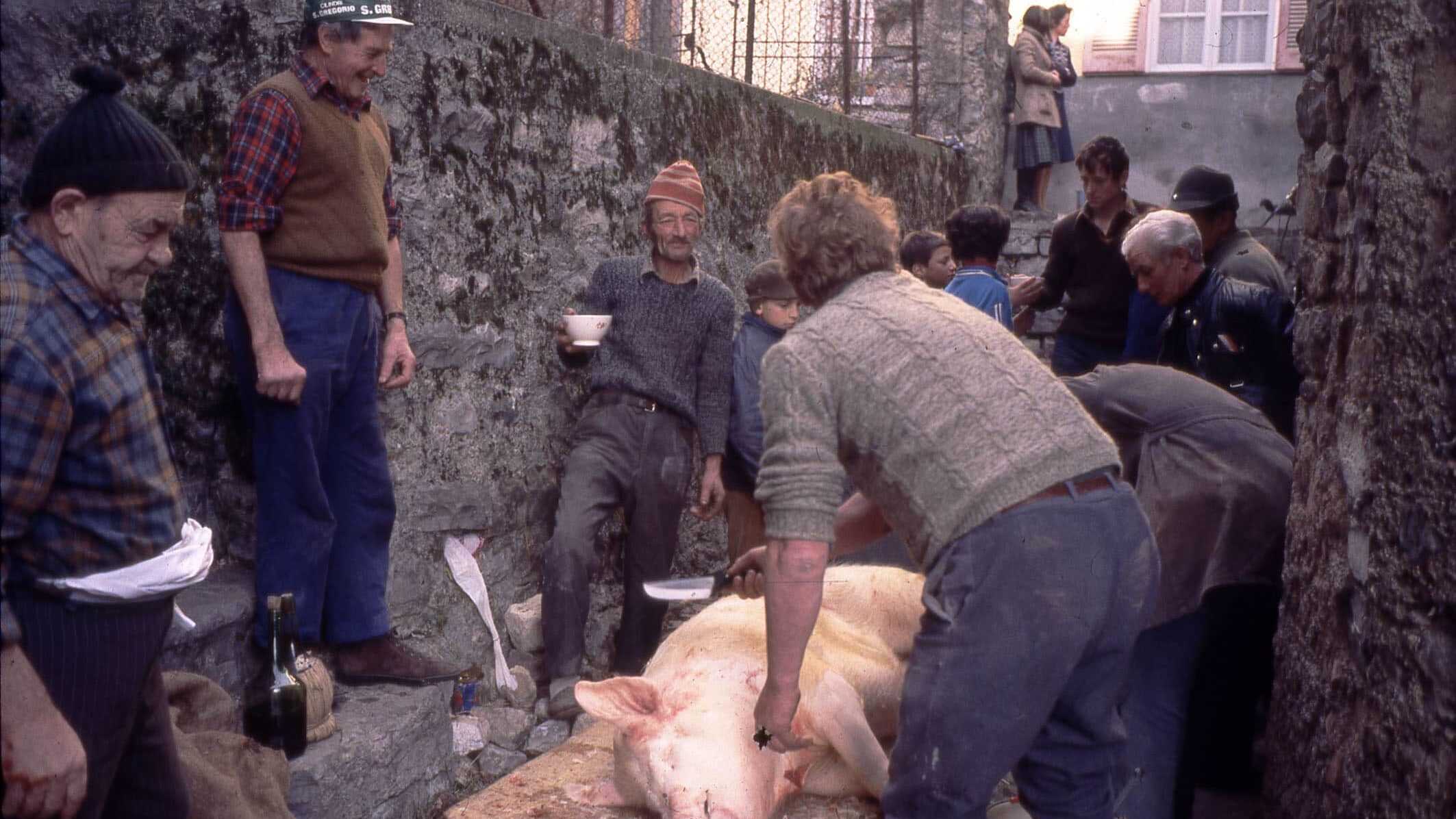
The regulation of religious slaughter involves complex balancing of animal welfare concerns with religious freedom protections. Countries have adopted varied approaches: some (like the UK, US, and France) provide religious exemptions to standard stunning requirements, while others (including Switzerland, Sweden, and New Zealand) require stunning with no religious exceptions. Still others have developed compromise positions, such as permitting post-cut stunning or establishing special certification requirements for religious slaughter facilities.
These legal variations reflect deeper societal questions about prioritizing competing values. Courts, including the European Court of Human Rights, have generally recognized religious slaughter as a protected expression of religious freedom, while acknowledging legitimate state interests in animal welfare. The ongoing legal debates highlight how societies continue to navigate tensions between respecting pluralistic religious practices and evolving ethical standards regarding animal treatment. This balancing act represents a microcosm of broader challenges in multicultural governance.
Consumer Perspectives and Transparency
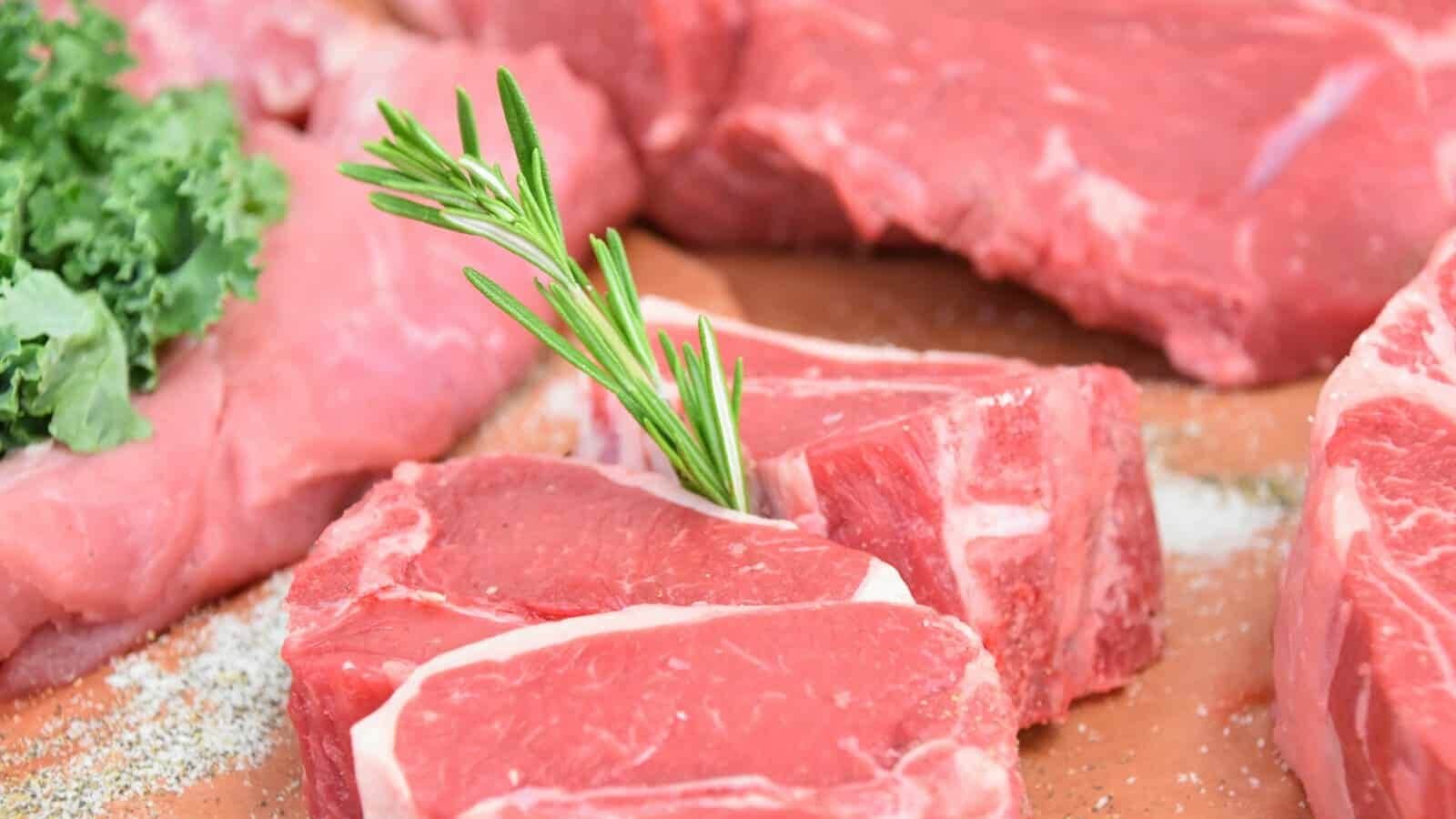
Modern consumers increasingly demand transparency about how their food is produced, including slaughter methods. Both kosher and halal certifications provide information that extends beyond religious compliance to signal ethical attention to the slaughter process. Interestingly, some non-religious consumers specifically seek these products believing they represent higher welfare standards or more attentive production. This market response indicates growing consumer interest in ethical dimensions of meat production regardless of religious affiliation.
However, consumer understanding of what these religious certifications actually entail varies widely, with misconceptions common among both religious and secular consumers. Some halal and kosher producers have responded by developing additional welfare certifications that exceed minimum religious requirements, such as ensuring animals are raised in humane conditions throughout their lives, not merely slaughtered according to religious precepts. This evolution demonstrates how consumer demand for ethical transparency is reshaping religious food production, encouraging more comprehensive ethical frameworks that address animal welfare from birth to slaughter.
Lessons for Contemporary Ethical Food Systems
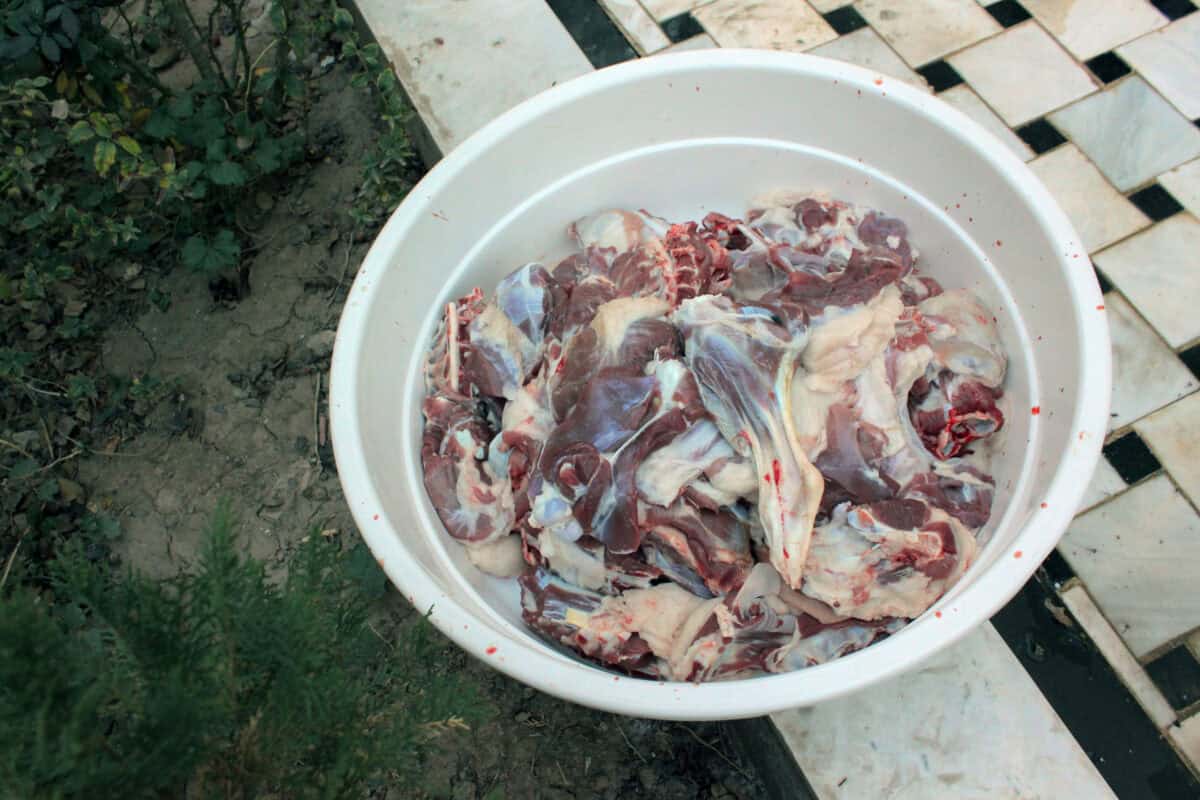
Religious slaughter traditions offer several valuable lessons for modern food ethics. First, they demonstrate the importance of mindfulness and intention in food production – the requirement that practitioners consciously acknowledge the taking of life counters the mechanical detachment common in industrial production. Second, they highlight the value of transparency and traceability through rigorous certification systems that have maintained integrity over centuries. Third, they illustrate how ethical food practices can successfully balance practical needs with moral principles.
Perhaps most importantly, both kosher and halal traditions remind us that ethical eating isn’t simply about technical methods but about cultivating proper relationship with animals and nature. Their endurance over thousands of years suggests that sustainable food ethics must be embedded within meaningful cultural frameworks rather than treated as purely technical problems. As contemporary society develops new ethical approaches to food production, these ancient traditions offer wisdom about integrating spiritual values, community standards, and practical needs into coherent ethical systems that can withstand the test of time while remaining open to new knowledge.
Kosher and halal slaughter practices emerged from ancient religious contexts yet continue to offer relevant ethical insights for contemporary food systems. Their emphasis on consciousness, respect, and responsibility when taking animal life provides a powerful counterpoint to industrialized production that often treats animals as mere commodities. While scientific debates about the relative humaneness of religious versus conventional slaughter continue, the philosophical foundations of these traditions – recognizing animals as sentient beings deserving respectful treatment – align with evolving modern ethical sensibilities.
These religious traditions demonstrate that ethical food systems must balance multiple considerations: animal welfare, human health, environmental impact, cultural meaning, and practical feasibility. Their longevity attests to their success in navigating these complex factors. As society continues to grapple with creating more humane and sustainable food systems, these ancient practices remind us that ethical food production isn’t merely a modern concern but a perennial human challenge requiring both spiritual wisdom and practical knowledge.
Whether one approaches food ethics from a religious or secular perspective, the principles embedded in kosher and halal traditions – mindfulness, responsibility, minimizing suffering, and respecting life – offer valuable guidance. By studying these ancient approaches to ethical slaughter, we gain insights not just into religious practices but into humanity’s ongoing effort to navigate our complex relationship with the animals that sustain us, challenging us to develop food systems that honor both human needs and the lives we depend upon.
- Why Rhinos Are Called “Living Fossils” - August 8, 2025
- The Science Behind Why Cats Hate Water - August 8, 2025
- This Small Town in Colorado Attracts Elk Every Fall - August 7, 2025

